The Sustainable Development Goals were announced by the UN General Assembly in 2015 and will define the upcoming decade until their completion in 2030. Here is an introduction the main aims set out by the global community and an overview of the 17 SDGs. Stay put for more in-depth information about the SDGs over the upcoming weeks.
Video Transcript
In 2015, all 193 members of the United Nations General Assembly agreed on a common development agenda for 2030. Meant “as a universal call to action to end poverty, protect the planet and ensure that all people enjoy peace and prosperity by 2030” the global community agreed on 17 sustainable development goals, or SDGs for short.
The 17 SDGs, and the 169 targets under them, represent measures of sustainability. They set out targets for all UN member states to achieve in the upcoming decade, and include goals such as eradicating poverty worldwide, achieving gender equality, and reaching global peace.
The idea of sustainable development was mentioned at the first Earth Summit in Rio de Janeiro in 1992, which later inspired the Millenium Development Goals. They were announced by the General Assembly in 2000 and listed 8 goals for the global community to achieve by 2015. While the MDGs focused primarily on fixing clearly observable issues, like combating AIDS and reducing child mortality, the SDGs pay more mind to the root causes of these issues, and push systemic reform for long lasting, sustainable, progress!
But what even is meant by ‘sustainable development’?
Sustainable development means meeting the needs of the present without compromising the ability of future generations to meet their own needs. The central idea of sustainable development is that we must realise that social, economic, and environmental problems are all interrelated and cannot be seen as individual issues. This means that demands for social and economic progress need to be balanced with the resources we have and need to take into account all nations and the planet as a whole.
To track the progress of the global community in reaching these sustainable goals, the SDGs provide measurable milestones and clear indicators for all the 169 sub-targets. The SDG tracker, which uses data from Oxford University, provides an easy, visual overview of the 17 goals, their 169 targets and the more than 230 individual indicators that are used to track the progress of individual countries.
What the data clearly shows is that although all UN countries have ratified the SDGs, simple ratification is not enough. Measures must be taken and specific policies put in place by governments to achieve real progress. This is a global quest, but change is enacted by individual countries.
We can see that some countries implement specific measures and are close to reaching their targets by 2030. Among these countries are Denmark, Sweden, Finland, France, and Austria, but not everyone is as proactive as they are.
The US ranks 36th for progress towards the SDGs, the lowest of all the G20 nations, and has proven multiple times that the common global goals are not its priority - such as when they withdrew from the 2015 Paris Agreement that provided concrete steps for sustainability and global climate action.
Other countries that have further to go to meet the goals are “fast-tracked” and receive special aid, encouragement to make radical change now.
Fast tracking certain countries is especially important as meeting the SDGs will not come cheap. The Economist estimates that alleviating poverty and meeting the other goals will cost 2-3 trillion dollars every year for the next 15 years. And so it is essential that both public and private investment be directed towards meeting the SDGs, and that economic markets and societies are restructured in a way that favors long-term sustainability.
While the global community is still optimistic about achieving the goals by 2030 and many countries are working hard on meeting the targets set out, the SDGs don't come without criticism.
The SDGs are sometimes called out as being too general, trying to fix everything at once, without prioritizing the most important issues. Some experts also criticize that the sustainable development goals are in fact not sustainable enough. They claim that working towards sustainability and achieving our climate goals might actually be detrimental to some other Goals, like economic development, at least in the short run.
While this criticism is legitimate, the SGDs are best thought of as being all-encompassing ‘good things’ to work towards. They recognize that environmental action can’t come without social progress, which is again tied to economic progress and development around the world. If the SDGs are occasionally broad, this is because all the issues facing us today need to be tackled collectively and cannot be addressed on their own.
So Sustainable development goes far beyond merely addressing climate change and environmental impacts - It is also about ensuring a strong, healthy and just society.
Even though they focus on the future, they want to change how we live now - but this does not mean that our quality of life needs to deteriorate. We simply need to reimagine how societies work, how we live, and cooperate as a global community.
The SDGs are the UN’s Plan A for the future, and, quoting former UN Secretary General Ban Ki Moon, “we don’t have a plan B because there is no planet B.”

